Val Martin – His Troubled And Tragic Life
Rampart Boulevard is a busy urban street in the Los Angeles neighborhood of Rampart Village. An area bordered by McAurther Park, Westlake and Echo Lake.
The house at 206 South Rampart Boulevard was shrouded in darkness by 10:30 PM on Wednesday June 10th, 1936. A most typical night with the usual hum of traffic – cars, busses and streetcars. However homeowner Mrs. Ethel Read heard what sounded like 3 gun shots. She looked out her window. Nothing unusual was seen in the light or in shadows of her front porch. Nor in the darkness beyond.
“Backfires from a car,” she thought. She and her husband George Read retired for the evening.
By the light of morning Mr. Read would discover an entirely different and shocking scene on his front porch as he went to pick up the newspaper.
He shouted “Ethel come here!” She rushed downstairs and laid her eyes on the horrific sight that George had just stepped upon.
A hand written caption on the back of this photo reads “Otto. Who would ever think that he would do what he did. Poor boy Otto.”
He was born Rudolph Otto Martin, 1890. He went by Otto until early adulthood when he then decided he liked being called Val instead.
Mom told me he envied/idolized the film actor Rudolph Valentino, the most celebrated romantic lead actor of the silent film era. Being that Rudolph was already his birth name, going by Rudolph Otto “Valentino” Martin probably seemed like a good fit to him.
Otto “Val” was the first born child of German immigrants Otto Rudolph Martin of Saxony, and Agnes Franzenbach of Cöln. They are my great grand parents. Their son Otto (“Val”) is my mom’s dad. He’s the grandfather I never knew – and that was because of that most disturbing event on that Rampart Boulevard front porch on the night of June 10, 1936.
Image source “Bette’s Story, Bette Jane Baker Clarno, An Autobiography.”
Otto “Val” Martin 1893
I’m not sure we can ever pinpoint exactly when the mind of Val Martin started having dark disturbing thoughts. Certainly the face of a child provides no clues. Not that I can tell.
Image source “Bette’s Story, Bette Jane Baker Clarno, An Autobiography.”
Otto “Val” Martin, 1894
He seems to be a perfectly happy child.
The Martins – “Dad” and “Mutti”
Val’s mother and father certainly provided very well for him. And his brothers and sisters appear to have all had “normal” lives.
Image source “Bette’s Story, Bette Jane Baker Clarno, An Autobiography.”
“Dad” in front of one of the beach cottages he built in Long Beach, Washington. A family vacation spot as well as rental revenue source. Jeanne went vacationing there in 1938 – and documented in this posting Jeanne Martin Pictures Of My Vacation In Washington (Long Beach) Summer 1938
Val’s father Otto Rudolph Martin “Dad” was born July 19, 1853 in Oederan, Kingdom of Saxony – today part of Germany. He immigrated to the US on August 5, 1881. His livelihood or trade as listed by the Census was in bakery and grocery.
Val’s mother Agnes Franzenbach, “Mutti” was born April 4, 1865 in Cöln, Germany . She immigrated to the U.S. on October 25, 1889 along with her first husband John Michels.
The 1900 census noted her livelihood was saleswoman.
Father Otto, who preferred going by Rudolph or “Dad,” and Agnes Frazenbach “Mutti” were married in Walla Walla, Washington on June 18, 1891.
“Mutti” in 1895 – Perhaps in her saleswoman role, donning a Horse Shoe Tobacco Company hat.
All the while “Dad” was selling and delivering grocery and baked goods, the photo record reveals something else. “Dad” was a one man land developer – the Martins built and owned rental property. This photo shows him in a wagon as the caption reads “Dad Martin – the building being built is Dad’s State Hotel. His Delivery wagon.”
The back caption reads, “The Pendleton house where all of us were born.” That would include all the Martin brothers and sisters. The first was Rudolph Otto “Val” Martin. Then came Carola Susanna Martin born in 1893, Frances Amelia Martin in 1897, and Lewis Burdette Martin in 1903. Likely the home shown here was sold by the family to upgrade for needed space and to boost potential rental income or real estate sales profit.
Jeanne’s cousin Bette (Bette was the daughter of Val’s sister Frances) wrote in her autobiography “You see, my grandparents were LANDLORDS!. They rented everything they could!”
A front caption reads “We are all here 1907 Carola, Mama, Otto, Frances, Dad, and Lewis. Home on Kerby and Graham Avenue (Portland Oregon) that Collins (Myrtles people ) bought from us.
Again the selling of this house likely paid for construction of their next home.
A “go-to” source for a lot of this family history was put together by Mark DiVecchia on his site Family of Otto Rudolph Martin and Agnes Frazenback.
Otto “Val.” from the above photo, 1907
We can only have a general guess what young Val’s life dreams were. But we can learn something from his own words. He was an adventurer. Seemingly in search of something undefined and perhaps elusive. However his descriptions are void of satisfaction or self worth as he traveled the globe – in search of “whatever.”

We know that he was in China in the year 1911 as indicated by a letter he wrote from the Philippines to his sister Carola.
“I just returned from a four months stay in China and at present in a very unsettled state.
“At some later date I shall describe to you in detail my visit to the Orient. But at present my mind is too confused to attempt it.
“Sis my life this last four years has been one of ceaseless roving. The Wanderlust dear, and it seems as though I can not banish it.
“Lack of will power I guess. But someday it must cease.
“Just a few weeks ago I was contemplating a trip to South America. I long to go there but I simply have banish all thought of it.”
More negative “self talk” from the same letter he wrote to Carola in 1912
“I now realize I am the most ungrateful – no, no, I don’t mean that – for God knows how grateful I am to be the possessor of the love of such a mother as ours, but it looks as though I were not grateful.
“I mean Sis I’m the most undeserving son that God ever let live.”
Then his wanderlust took him to Alaska. In a letter dated September 18th 1915, Otto wrote,
“Dear Mother & Dad.
“Things are very quiet here and I am working only about half time. But I get as much as $7.00 a day when I do work and I think I have a very good proposition in view for the winter.”
“I am batching. I live in a little cabin, and it does not cost me a great deal to live.”
“I like it here very much, and I think that I will go into the interior in the spring, that is if I make enough here this winter.”
“We have just about the same weather here (Juneau) that we have there in Portland.”
“It sure knows how to rain, but it sure was fine here this summer.”
The caption only reads “Val in Alaska with ?”
“I am sending you a couple of snap shots that I had taken while I was up with the Alaska Development Company. “
“I made $8.00 a day for three days with them, and I had a good time on the side.”
“I hope that you all are well. I have a pretty bad cold but I guess that will pass in a little while, I sure hope so. My nose is running all of the time, and I have to use three or four handkerchiefs a day.”

“I am not working this week, but I will have a few days this coming week. I am very sorry Doc Mann will have to wait until I get steady work until I pay him.”
“I certainly do not propose to send him five dollars and then go hungry myself. Things are damn high up here.”
“I have $25.00 in the bank here, and I sure intend to keep it right there. And if it should happen that work is slack I will have something to live on.”
“I intend to keep that much ahead all of the time. I know I have gone without a number of meals just in order to save that amount. I will pay every cent that I owe some of these days. I know I will make good here, but it will take time. And so it is absolutely no use to try and rush me.
“I hope the kids are all O.K., and that they have a good teacher there at Oak Grove Grove.
“Answer soon General Delivery Juneau Alaska. –Otto.”
My mother pointed to World War I as the event that damaged her father mentally. She said he was gassed in France.
There are three surviving letters he wrote from England in 1917 and 1918 to his sister Carola. There is no description of a mustard gas attack. Although there is mention of illnesses, injury and recovery. There’s nothing from him after February 12, 1918. From that date to November 11, 1918 it may well be possible his suffered injury from chemical warfare.
He could have been in the thick of battle as his letter from January 4, 1918 states:
“To begin. My ailment – While in France I am attached to a field ambulance. One dark and stormy night, Fritz (the German army) was putting them over hot and fast. My it was formidable to say the least. And dear my delicate constitution couldn’t stand the strain, and in order to make sure that I got a rest, my appendix appendicated, only it played just a little too rough and I came very near turning up my dear little toes before they could get me to the doctor. But (so the Doc says), I got there just in time, and am feeling none the worse for my experience. ”
Apparently Val had the appendix removed at a certain point. His letter from February 12, 1918 reads:
“I have quite recovered from my illness. The wound has healed wonderfully – it is about a neat an operation one would care to see. I enjoyed my vacation thoroughly.”
He went on to describe his time off – a visit to Scotland.
“During my checkered and desultory career, it is reasonable to suppose that I have been party to numerous affaires d’ amour, flirtatious intrigues, infatuations, and what not. But thus far have avoided ‘the net.’
“At present my affections have been hopelessly captured by a bonnie lass in Scotland. I have been just as hopelessly involved before.
“Our life is monotonous to be sure. But we have our odd moments of enjoyment and inertia. At five o’clock our day is finished and from then on until nine o’clock our time is our own. We employ our free hours in our own ways, according to our individual likings. Some drink (I am not one, I have not acquired that vice, though I have many). Others gamble (one of my vices in a small way). Others go for walks about town. A few of the more fortunate ones call on girl friends living in the adjacent villages.
“I go to the movies.” His letter from Alaska years earlier said that too.
“I spend most of my money on smokes, soap and toilette necessities, tooth brushes, paste, etc.”
His letters spend a great amount of ink describing the unpleasant rigors of roll call, drilling – being yelled at by drill instructors – and the strict regimentation and discipline demanded of soldiers.
“I am at present attached to the 1st Canadian Command Depot undergoing the torture of physical training and am gaining strength very rapidly.
“I hope to get up to London within the next few days. But hopes are fragile structures in army life. It is mostly a case of live in hopes and die in despair with us.”
With his assignment in a field ambulance if Val was not directly in the line of fire, then it is likely he saw the aftermath of it. Picking up injured or dead soldiers.
“You surely can be glad that the awful war has not penetrated into our home land. The wanton devastation and cruel murder of women and defenseless children is appalling. God grant that you never have to suffer the torture of this side.
“They may rake your loving brother out from under the debris of some ruined chateau. ”
The P.S. from Val’s letter of November 12, 1917 is worth noting.
“I was given the sobriquet of Val years ago, and have used it more or less ever since.” Signed, “V”
The back caption reads “Val after he came back from war.”
Regardless if he was gassed in France or not, as my mother said he was, boys who go to war come back changed men upon resuming civilian life. It was a time when there was no real evaluation of a soldier’s mental health, much less treatment for it. If something was slightly off about Val before serving on the battlefield of France, it can be assumed it was far worse afterwards. The two women that Val married after the war would be the witnesses to that mental condition and behavior.
The next few photos show Val had returned to the Martin family home during his post World War I period. This one was located in Oak Grove, Oregon.
Caption reads “Val at our home in Oak Grove, Or” There is a pin Val wears in several photos from this period. Perhaps an Army pin or service medal.
Another photo with Val, the pin, and the Oak Grove home.

There is no telling what brought Val Martin to Santa Rosa sometime between 1918 and 1921. At one point his sister Carola moved to San Francisco. He may have gone to see her. In his letter from Alaska there’s mention of an individual named “Doc” he owed money to, but planned to take his time repaying. The man pictured on the far right next to the cigarette smoking Val is “Doc,” according the caption written on the back.

At a certain point Val Martin realized he could utilize his good looks, smart attire, tales of his world travels, to charm if not mesmerize younger women. Teenage girls were his obvious preference.
It would turn out he would fabricate many fanciful stories, tell tales, and to make claims and promises about money and a quality of life he was never able to fulfill. At some point he learned to be very manipulative of the girls he courted, which sadly in the end took the form of fatal obsession.

Helen was an orphan at a young age. Her mother Julia Delano Cordes was a professional singer and music teacher. Her father John Cordes was in the mining business. A prospector, perhaps.
When Julia suddenly passed away at a young age, Julia’s third husband William Larkin put tiny Helen onto a train that connected with a ferry to San Francisco – with a note attached to Helen reading “I am an Orphan.”
Julia’s sister May Delano Bridinger and May’s husband Leon were either at the train station in Oakland or at the ferry landing in San Francisco waiting for Helen.
Helen was well loved and cared for but had a very strict upbringing, according to what Helen told me. And she never forgot that she had been an orphan. And she never had much affection or felt close to her step father Leon. She knew very little about her father John Cordes. And just as little about William Larkin.
Perhaps those early life experiences – the void of not having a close father figure – that crafted her interest in older men. She was only in High School when she met Val Martin. He was at least 30 years old at the time. She was a teenager. Her second husband Sam Hussey was also notably older than Helen.
Regardless by the end of High School Helen was anxious to start adulthood. To be free from the watchful eye and control of her step mother and father. Especially her step father.
Helen took up smoking cigarettes – a rebellious habit – knowing they would disapprove.
They had her enrolled in Elocution classes. Part of the class was public speaking which she was good at. So much so she was encouraged to be in the school play. But Helen was busy focusing on extracurricular activities of young adulthood. She didn’t have time for that – as she sought her independent identity.
“Every Saturday night was a country dance,” said Helen. “It was so much fun. I went with a fellow who didn’t go to high school. Otto. I went out with him a few times.
“After high school I started Junior College but had to make up a chemistry class I didn’t take in high school. So then I decided I’d go to a business school.
“Mother was terribly disappointed. They wanted to send me to Mills College – but I don’t think they could afford it.
“I had a friend living in San Francisco. She had a job and could have gotten me a job. But I needed money to go. But my parents wouldn’t let me.
“So I decided I’d try borrowing money from Val. He wouldn’t let me either but took me down and said ‘Let’s get married’ instead.’
“I was so determined to get away from home, so I said yes. Which was a mistake. I was 18 and he was 31.”
A caption reads “The Newlyweds Helen and Val.” Helen graduated from High School in June, 1921. She became Mrs. Val Martin almost exactly a year later on June 23, 1922.

Helen and Val in Santa Rosa. The photo suggests no cracks in their marriage yet.
Val basking on a beach along the Russian River near Santa Rosa. Happier times for the couple. Perhaps being near the watchful eye of Helen’s parents kept Val’s behavior in check. Or just the initial fun of married life hadn’t worn thin yet.
The R&R in this photo would eventually come to an end. The man who loved to watch movies in his free time sought to make movies his career. The couple moved to Southern California. Perhaps he had a fantasy of himself being the next Valentino. Because in his mind he was indeed “Valentino,” if in name only.
Helen and Val came to Long Beach, CA where their daughter Jeanne was born September 22, 1923

Val and Baby Jeanne. One address listed was 1147 Appleton Street, Long Beach. Another was 2239 East Sixth Street, Long Beach
There appeared to be some domestic happiness in the early days if not years of the marriage.
Some entries from Jeanne’s Baby Book.
November 1, 1923 – “The first time Jeanne slept through the night without once waking.”
Sunday November 4, 1923 – “Jeanne’s longest motor trip so far. As far South as La Jolla.”
Friday November 9, 1923 – “Baby noticed her hands. Just lay and gazed at them.”
Wednesday November 14, 1923 “Baby laughed, surprised me so. She gazed at me and heard Lewis’ fish story – it was too much for her. She just began to chuckle to beat the band.
“Baby Jeanne showed her ability to mimic when not quite seven months old. Her Daddy made a peculiar noise in his throat which she mimicked exactly. And they kept it up for some time.”

“At first Val had a window shade business in Beverly Hills. It was just a small place back then. Not like it is now with all the fancy shops and what not.
“Then we moved to Hollywood and he worked on movie sets – he worked in the studio props department. Then I worked at the studios too. I worked at the Make-Up department, the Costume department, and I did “extra” work.
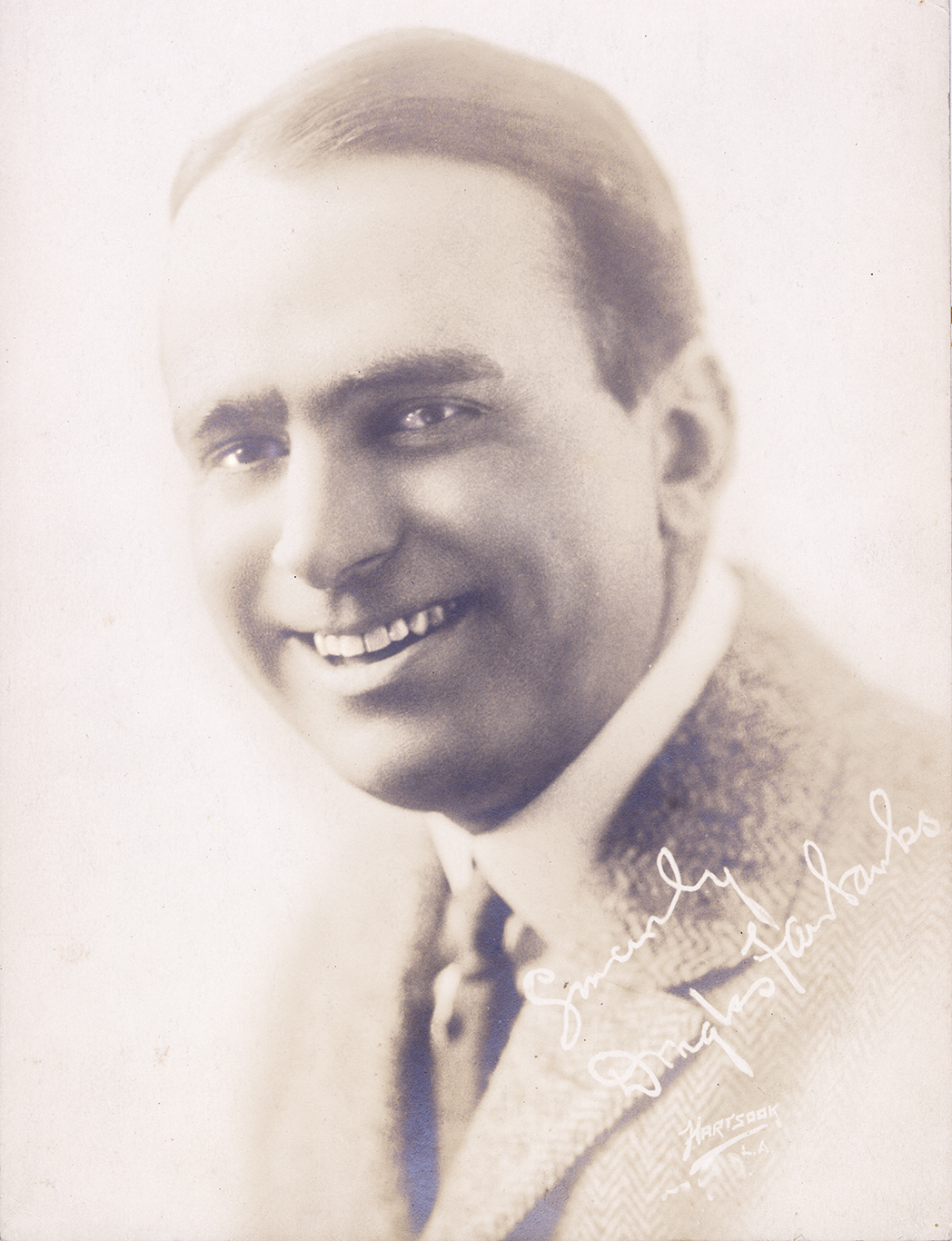
“I worked at United Artists. Douglas Fairbanks, Mary Pickford and Charlie Chaplin had that. Although Chaplin didn’t work there. He had his own studio on La Brea. ”
Chaplin at work at his Studio on La Brea. Scene from “A Day’s Pleasure.”
“I used to see him (Chaplin) all the time when we lived in Beverly Hills. He had a topless car, a roadster sort of sports car.
“Once Jeanne and I were in a restaurant on Hollywood Boulevard. Chaplin and his manager were two booths away. All of a sudden Jeanne jumped up and ran to him. She called him daddy! I grabbed her and he just laughed. I think he said something.”
Maybe the incident indicates Val might not have been a steady presence in Jeanne’s life by that time.
No written or oral account of the car. But Val looking very Hollywoodish indeed. The note is Jeanne’s writing.
Val’s mother and niece – Mutti and Jeanne’s cousin Bette – came to visit Hollywood when Jeanne was only 3 years old. This paragraph is from Bette Clarno’s autobiography.
“Mutti and I then went to Los Angeles to see Uncle Val (my mother’s brother), his wife, Helen, and their little three year-old daughter, Jeanne. Uncle Val was doing the extra in the movies bit, and he took us to see a movie set. I remember a bunch of fake trees. Funny what sticks in your mind. The night we were there, Jeanne came running into the room before bedtime, stark naked, and danced the Black Bottom for us…a jazzy little number of the 20’s. I saw Uncle Val just one more time when he came to the beach one summer while we were there. He didn’t stay close to his family.”

“And when I went to the market in Beverly Hills at the time I’d see Fritz Lang. I’d see him marketing there. And I used to see Theda Barra parked out front. With those brooding eyes, she was always the vampire!
“At MGM there was Joseph Schildkraut–Cecil B Demille was directing that picture. I think it was the King of Kings. H.B. Warner played the part of Jesus. Schildkraut played Judas. I used to see Buddy Rogers and Marie Dressler. They were interesting to watch work except it got so boring. They did the scene over and over and over again. I don’t know if they do the same thing with talking movies, but the silent movies were that way.
In 1926 Helen and Jeanne were extras in Valentino’s Son Of The Sheik. That’s Helen and Jeanne in the background.

“I worked on a John Barrymore picture. But I didn’t meet him directly. One time they were shooting at night and he was on the set. He said something and I made a crack to whomever was next to me. Barrymore thought it was funny and he laughed. I had spoiled the shot.
“So next day the head make-up woman and her daughter who worked there came over and said John Barrymore wanted to see me for some make up. Back then he was making passes at everyone. I didn’t want to get mixed up in that. I said “Well, I’m not the one to see, you’re the one to see about his make-up. I don’t know that much about John Barrymore’s make up.
“I wouldn’t go.”
On that note and at this juncture of the story it would be appropriate to mention that Val had become an “insanely jealous” husband. He was becoming increasingly unhinged.
“He was insanely jealous. We’d walk down the street and he’d accuse me of flirting with somebody I didn’t even notice. Then at the studios too.”
Then came the fictional and phony stories he told people.
“He told a lot of lies that people believed. He bragged to people that he had bought me Cadillacs. That he did this for me, and that he did that for me. Half the time he was not providing enough to even buy food. And it got so bad I decided to divorce him.”

The divorce. Rather than it being closure to a story gone bad, unfortunately the story gets uglier. Much uglier.
Val had become intimidating and harassing. To the point Helen decided to quit working at the studios. Then took Jeanne with her to live in San Francisco.
But it didn’t work. He found out and went to San Francisco himself.
“Val came up there. He used to follow me and peer into my windows at night and what not. I got so fed up I came back to Southern California to stay with my parents who were living in Bell. When I got a job I moved to Huntington Park. The lady who owned the house also had a little girl, and she took care of Jeanne when I was at work. But Val was still bothering me.
“I got an apartment and had someone take care of Jeanne there. But Val made a fuss and went to the District Attorney. Val said I was leading a horrible life and wasn’t fit to take care of my child. And this, that, and the other thing.”

“My dad Leon went to the District Attorney’s office and told him about all the trouble I had with Val. ‘If I were you,’ said the DA, ‘as long as he’s around here I’d put Jeanne into a children’s home at the Episcopal Church because you’re going to keep having this trouble.'”
Helen wondered why authorities wouldn’t do anything to stop him? The same question would be asked years later by the mother of another young girl Val had met.
“We went to court the Judge threw out Val’s case. The Judge noted that Val was a dead beat and not making his child support payments – and was ordered to start making them.
“Then I went to live in Hollywood with Gladys Miller, and I was taking a business course. But I was also helping her for my room and board.
“This was still in the days of prohibition. One night this woman called me up. She wanted me to come down–she had a Speakeasy. And she said she wanted me to meet somebody. So I went!
“It was a house in Los Angeles on 14th Street. She just served people she knew.
“That is where I met Hussey.”

“That’s when he pulled this amaranth ring off his finger and gave it to me, the night we met. And it wasn’t so awfully long after that we got married.”

In and out of Foster care, different homes, different cities, a strange and erratic father, and a mother trying desperately to chart a stable course, Jeanne’s childhood through these years was not easy. Not much to smile about when posing for the camera.
My dad said when he looks at pictures of Jeanne from this time in her life he believes her eyes are void of joy or fun. There’s a fatigue, emptiness, and weariness there, he said. An unfair burden for a young child.

Suddenly having a new step father must have been an adjustment for Jeanne among all the other events swirling in her life. But she would later say that she considered Sam Hussey her real father.
My dad once stated that Sam Hussey saved their lives. That might not be an exaggeration. It is also worth noting that Helen’s step father Leon probably was a saving factor as well, even though Helen never felt close to him.
Helen recalled the events following her marriage vows with Sam Hussey.
“We had an apartment in Los Angeles first, But Jeanne loved the beach so we got an apartment at Ocean Park near Pico. That’s when we got Jeanne back so she could be at the beach. Then we still had trouble with Val. But with Hussey there he didn’t dare pull some of the stuff he pulled before.
“But we would still see him there at the beach. And then he got married again. He’d bring the girl over to our house! Why? We didn’t want to find out because we weren’t interested. We didn’t want anything to do with him.
“The next thing we knew a police woman came and asked me about Jeanne. And she warned me that news reporters might to go to her school, and to go and get her.” Something horrible had happened.
She was born Elizabeth Hope Evans. She was still in High School, an art student, at Hollywood High when she met Val Martin. It was on a school holiday and she had gone to the beach to do sketches of the ocean. At the time Val was working as a masseur at Santa Monica and he became enamored upon meeting her. No doubt lavishly praising her art work after approaching her.
Elizabeth was not only a virgin but had virtually no experience whatsoever interacting with the opposite sex. Her mother insisted she had never kissed a boy before. She was very dedicated to her studies and never paid attention to what boys were up to. Her focus was entirely on her goals of becoming a successful commercial artist.
“She was serious and her art classes meant more to her than anything else,” Said her mother.
“Although she was very pretty she did not smoke or drink. ” Not a party girl at all.”
Perhaps recognizing her naivety and innocence Val likely plied the same tactics he used to lure Helen’s interest years ago. When Helen was so determined to leave home – when he impressed her with his promises.
Just as Helen was fixed on leaving home, Elizabeth was looking to advance her education and training as an artist. One can imagine Val’s promises of trips to foreign lands to see the art masterpieces of the world. That he’d help pay for her classes if not sponsor her career entirely.
Whatever transpired between Val and the girl worked. Sparks flew between them once he got her attention on that fateful beach holiday. And Elizabeth soon became infatuated with her middle age suitor.
Elizabeth’s mother had hoped this would be a short lived infatuation. But those hopes were dashed on August 18, 1934.
Avoiding the mother’s objections and possible interference, Val and Elizabeth eloped and got married in Ventura County.
“No happiness can come from a marriage of an unsophisticated girl and a man twice her age,” the mother said.
And she was right. All of the disturbing behavior Helen and Jeanne witnessed and experienced came upon poor Elizabeth.
The record showed Val could never hold a steady job and he made no effort to find steady work when he was idle. It became clear to Elizabeth she would have to work. But being so young and inexperienced she had no real skills to offer employers. There were no McDonald’s around in those days.
And it is very likely he played the jealousy card on her just as he did on Helen.
All the circumstances leading to their separation will likely never be completely known, other than from his track record with Helen, with what Elizabeth’s mother and friends had said.
But Val couldn’t stand that separation and began looking for opportunities to accost her. When he succeeded he pleaded for a second chance and reiterated his previous agenda of promises. But the second go at their marriage was just as unsatisfactory as the first. This time Elizabeth filed for divorce.
The divorce was finalized, but that set Val off even more insanely than ever before. Once again he resumed stalking, peering in windows – he hunted her day and night. He was always appearing at her school, restaurants, or where she left the street car. Then came threats of violence if she didn’t take him back. She became so terrified by his threats she moved to a friend’s house.
But that did not stop Val. He found out where she lived. He probably observed her coming and going from the house and learning her routine. One night she told her friend that Val was stalking her and threatening her. The friend said she came home on a Sunday after visiting her mother and was very nervous and pale. She told her friend that her ex husband was looking for her and making threats.
“She was deathly white and so frightened.” her friend said – that friend was Mrs. Ethel Read. She and her husband George Read owned the house at 206 South Rampart Boulevard.
Val had came to that house on the night of June 10, 1936. In his stalking manner he stood in the shadows outside the home waiting for Elizabeth to appear.
When Elizabeth arrived she carried bundles of art supplies in her arms. With a free hand she lifted her key to the door lock. At that moment Val appeared at the far end of the long front porch. He raised a .22 calibre revolver and shot her through the temple. She fell to the porch, her bundles of art supplies scattering.
He then raised the gun to his own head and fired. He stood there bleeding and likely wondering why he was still standing and looking at the crime he had just committed. So he fired another shot into his head. This time he fell to the porch. But he still remained conscious!
It was a trail of blood on the porch indicating he still had enough life left in him to drag himself across the long porch to finally lay next to Elizabeth. There they both bled on the porch – all through the night as cars, buses and streetcars hummed and rattled by up and down Rampart Boulevard.
When George Read stepped out past the front door to pick the newspaper from the porch he saw the murder/suicide scene.
“Ethel come quick!”
Even with two bullets in his skull and bleeding out all night Val Martin was still breathing when the ambulance arrived. Elizabeth was dead. Val died later in the hospital without regaining consciousness.
Police found a quasi suicide note in Val’s apartment. It was in the form of a letter written to Jeanne.
June 10, 1936
“My dearest darling Jeanne – In event of my death I wish you to have my union insurance, about $2200 or more, I.A.T.S.E. Local 37. . . Be a good girl, darling, I love you though I have been the most wretched of fathers. Do not cause over $100 to spend on my funeral. Do not come yourself, remember your father as you last saw him.
“I wish my personal effects to be sold and the amount given to Mrs. Ellis Wheeler, 1439 Gordon Street, in slight return for her kindness . . .Your loving father, Val Otto Rudolph Martin.”
Epilogue
206 South Rampart Boulevard today. The site where Elizabeth Evans Hope was cruelly murdered by her insanely jealous ex husband Val Martin. The porch was originally much larger than seen here in the photo. The area to the right, where you see the awning, is a room extending out to where half the porch used to be. The ficus tree in this photo covers the other portion of the porch.
The horrible news had already been anticipated by the mother of Elizabeth Evans Hope. She had felt the crime was going to happen. And it did.
“This day is not so terrible as the day my daughter had married that man!”
The tragedy was the fulfillment of her darkest fear.
The Mystery of why?
It is possible Val Martin had symptoms of bipolar disorder before the war. His wanderlust, his seeming self-deprecation in contrast with some of his photos of him as a carefree man. But he also describes himself as someone with a delicate constitution. World War I was called the war to end all wars because it raised the horror factor of war by several notches. Returning from that war was no doubt difficult for anyone including those with strong constitutions. It could have been devastating for those with delicate ones.
Now probably more than ever you read about veterans coming home to either commit suicide, but also murder suicide. It happens far too often.
Bipolar disorder is much better understood today. Val Martin might not have been put onto the battlefield or anywhere close to it if he had the advantages then of today’s understanding. It’s a disorder, along with depression, that is treatable nowadays. Back then, nothing.
At the core of a murder-suicide lies a frustrated, turbulent, intimate, long-term personal relationship. The perpetrator has had a strong ambivalence about the relationship, vacillating between anger and love.
Perpetrators suffer from jealousy and/or morbid jealousy (a delusion that one’s sexual partner has been sexually unfaithful). “Amorous jealousy”, involves one half to three quarters of all murder-suicides in the U.S.
The triggering event is most often a separation or threatened separation from the loved one.
The perpetrator feels helpless and powerless in the relationship; the homicidal act is the culmination of this sense of intolerable powerlessness. When the perpetrator realizes his guilt after the crime, he proceeds with a suicidal impulse. Suppressed rage is the most common reason for homicide followed by suicide scenarios.
The Facts
- 90% of the perpetrators are men.
- 80-90% of their victims are spouses or intimate partners.
- Adults aged 55+ have homicide-suicide rates that are twice as high as younger adults.
- Homicide is the only crime that regularly results in offenders taking their own lives following a criminal act.
- 25% of the cases involve more than one victim
- Men tend to kill their children and their intimate partners prior to suicide.
- Women tend to kill their children but spare their partners.
- Over 75% of murder-suicides occur in the home.
- Within the home, more murder-suicides are committed in the bedroom than any other room.
- Increased Risks
- Killing an ex-spouse/lover increased the risk of suicide the most (13X)
- Killing a child (10X)
- Killing spouse (8X)
- Boyfriend or girlfriend (6X)
- Friend (2x)
Jeanne at about the time of sixth grade graduation. Which would have also been about the time her father Val Martin killed himself. I grew up with the impression Mom was too little to remember much about her father or what happened. That’s not true. Sixth graders going into seventh grade remember everything.






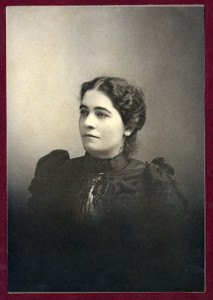




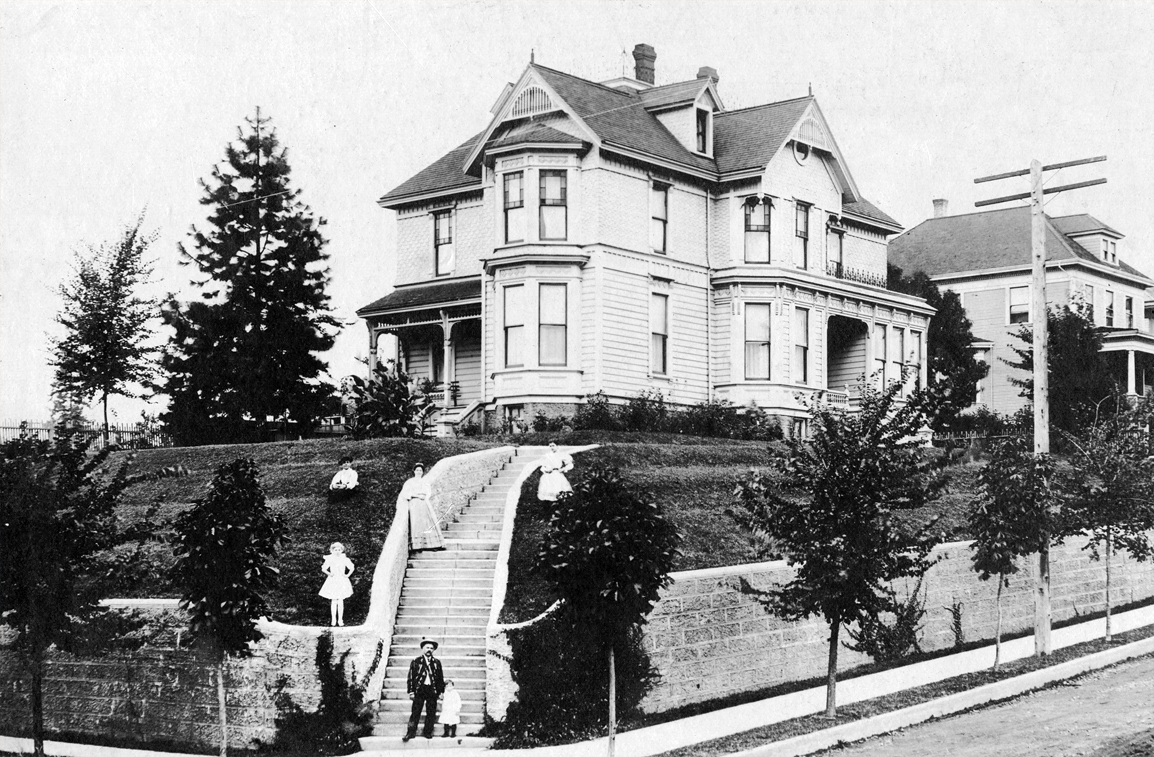




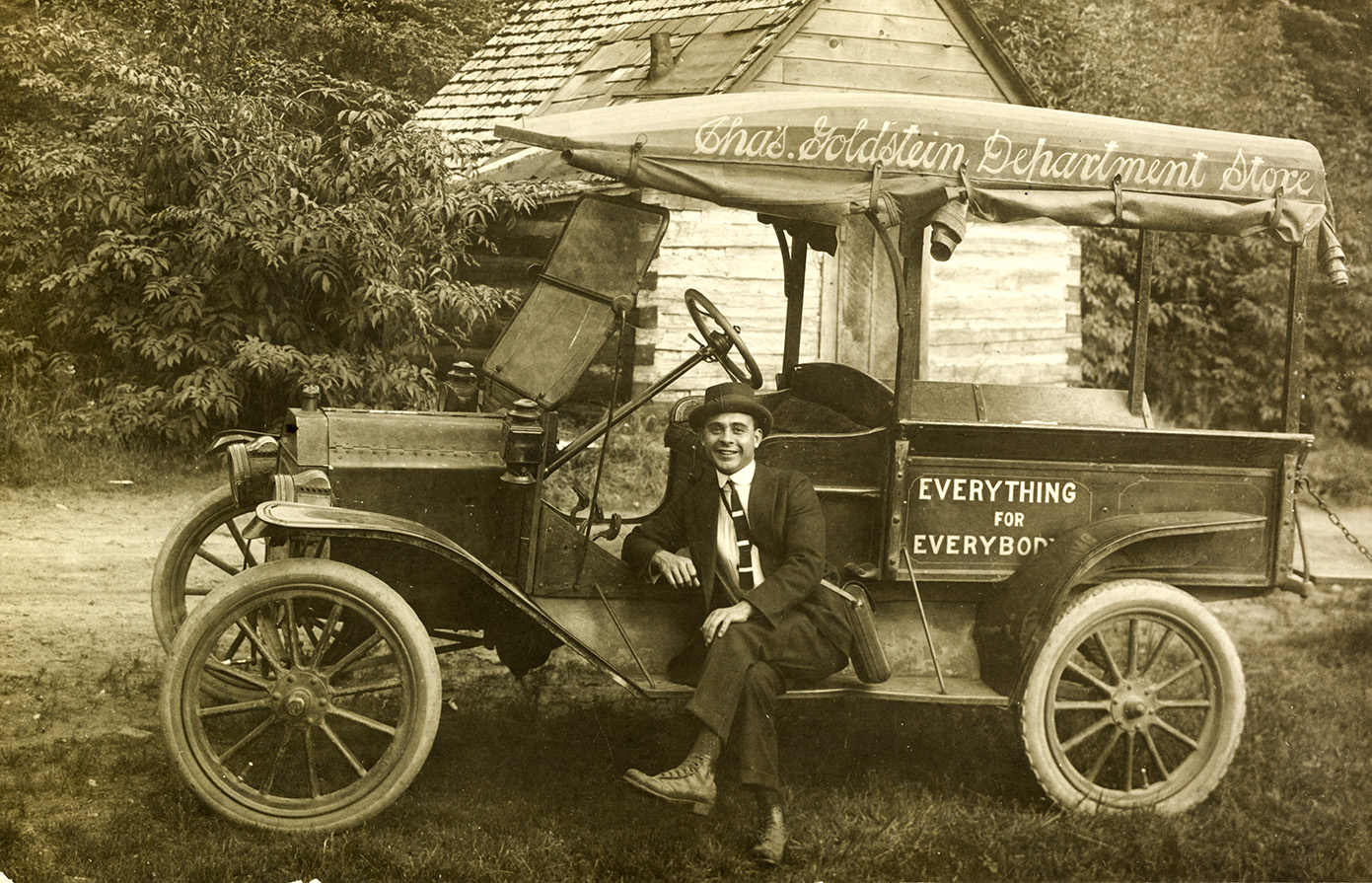
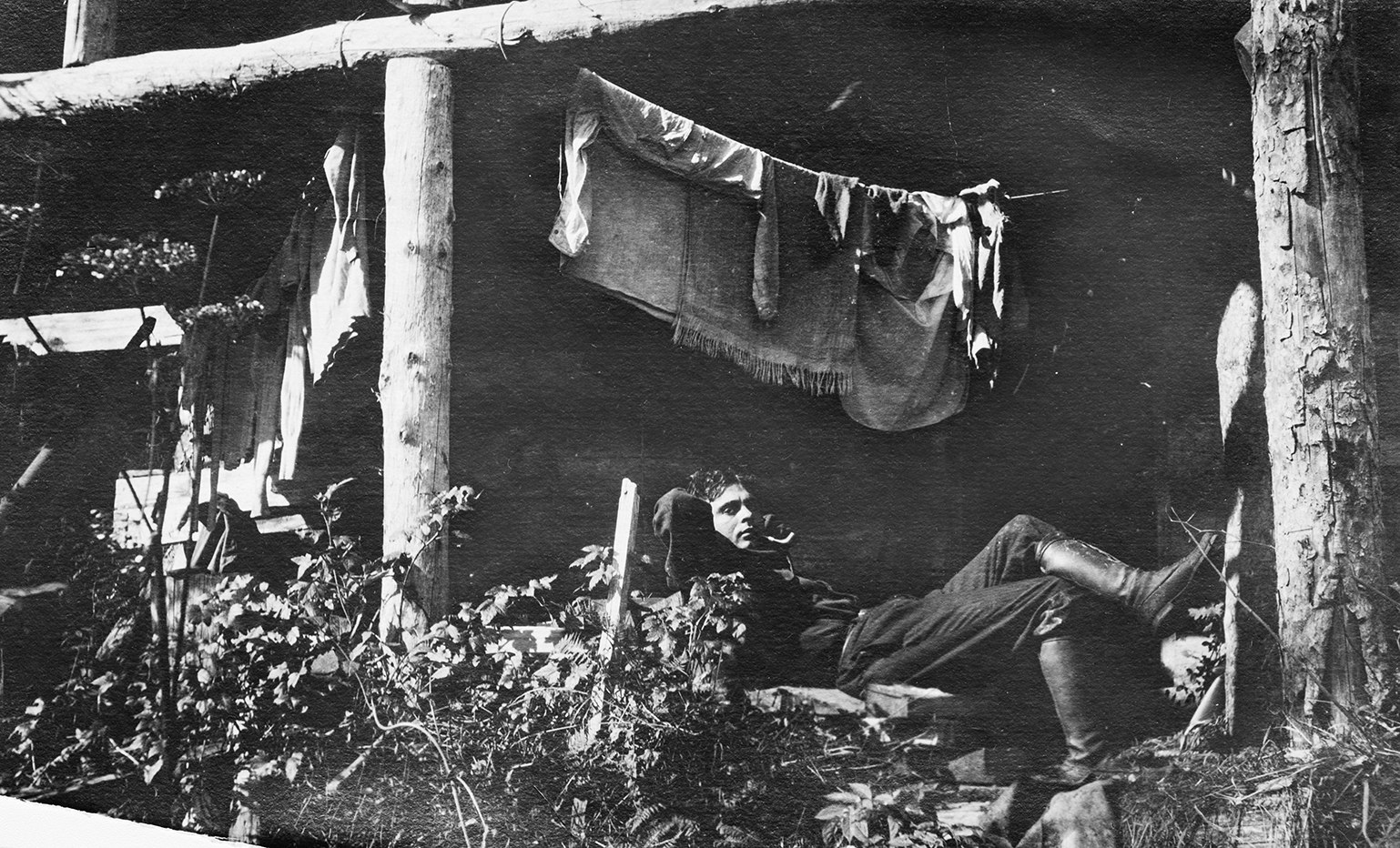
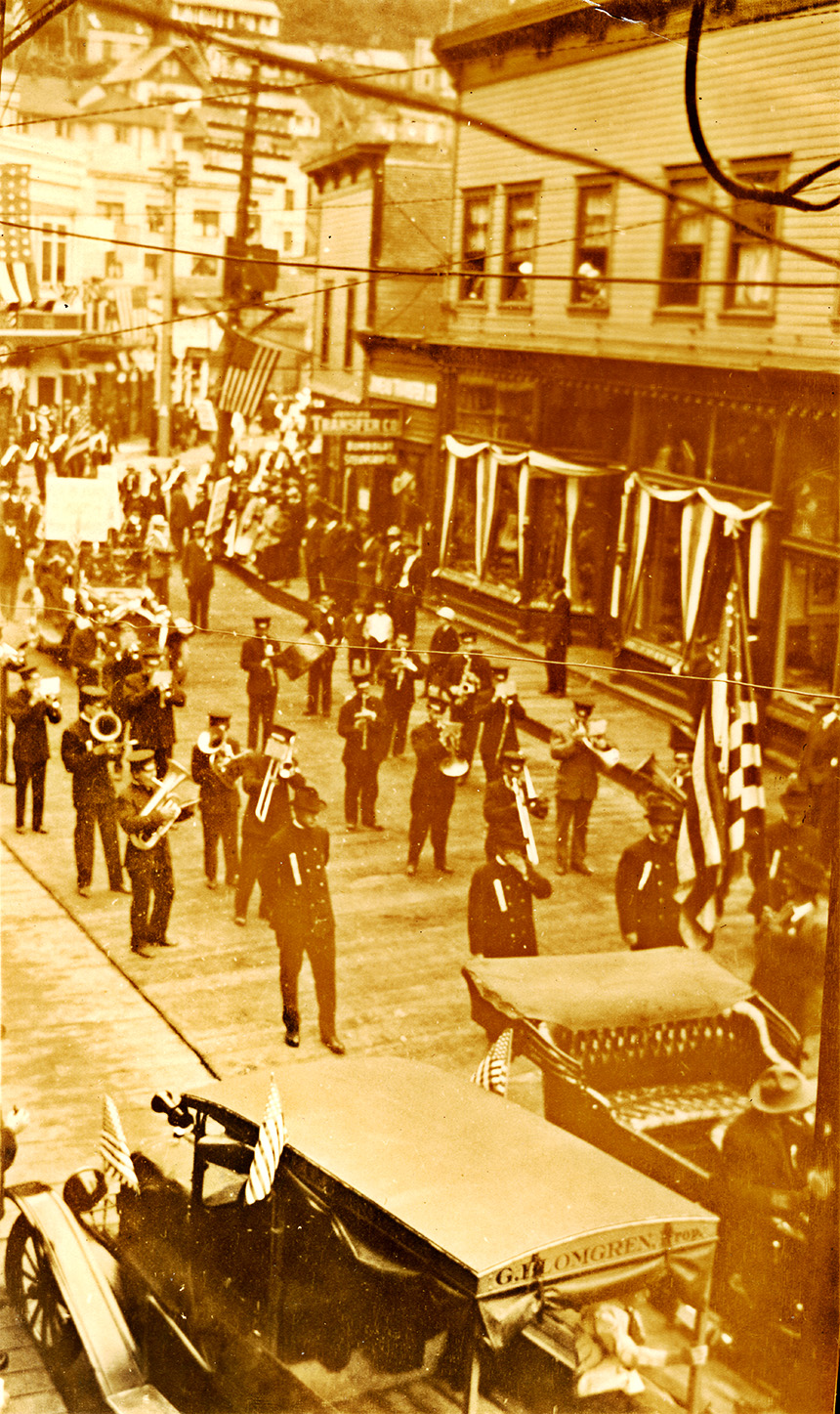



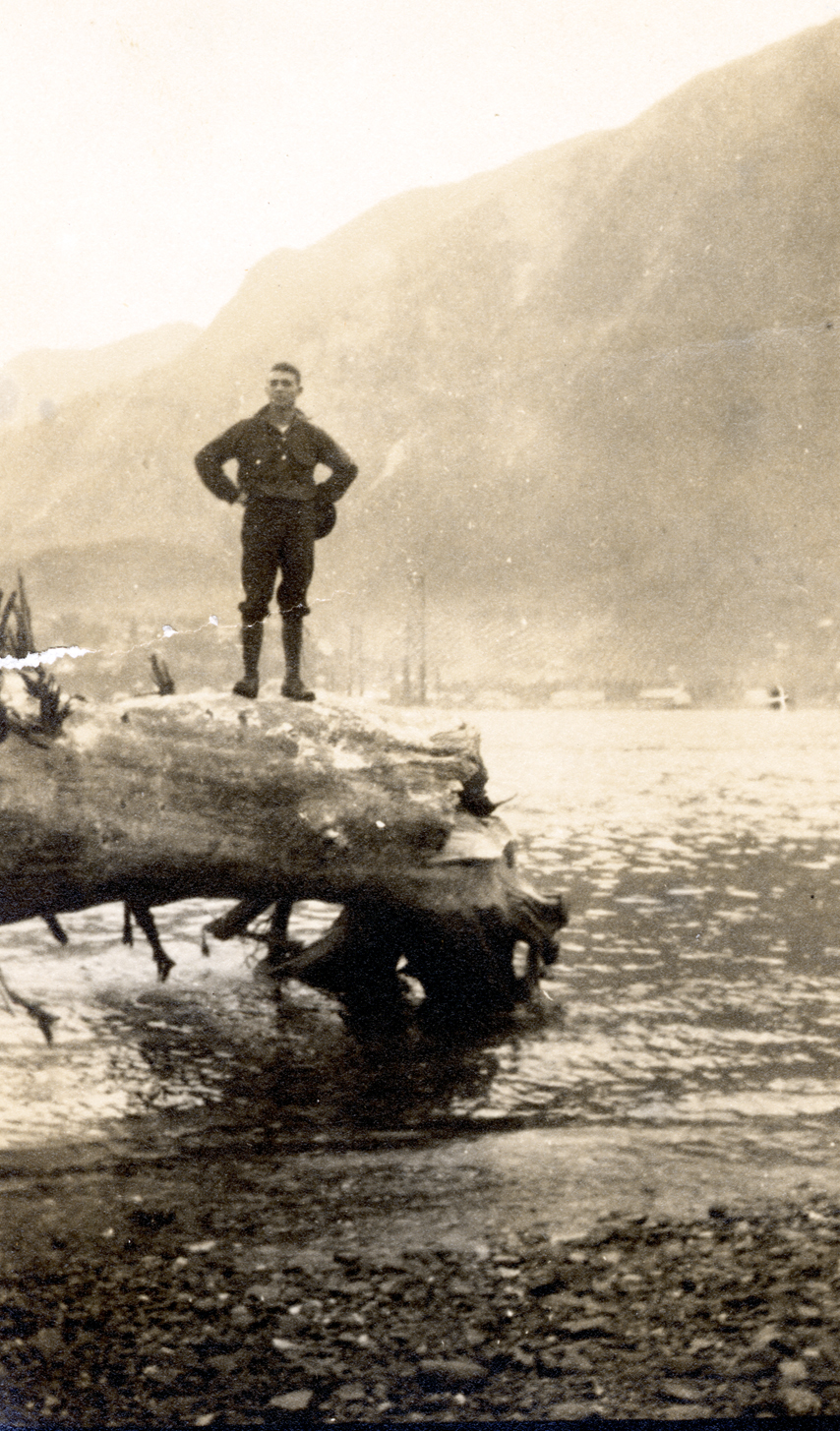



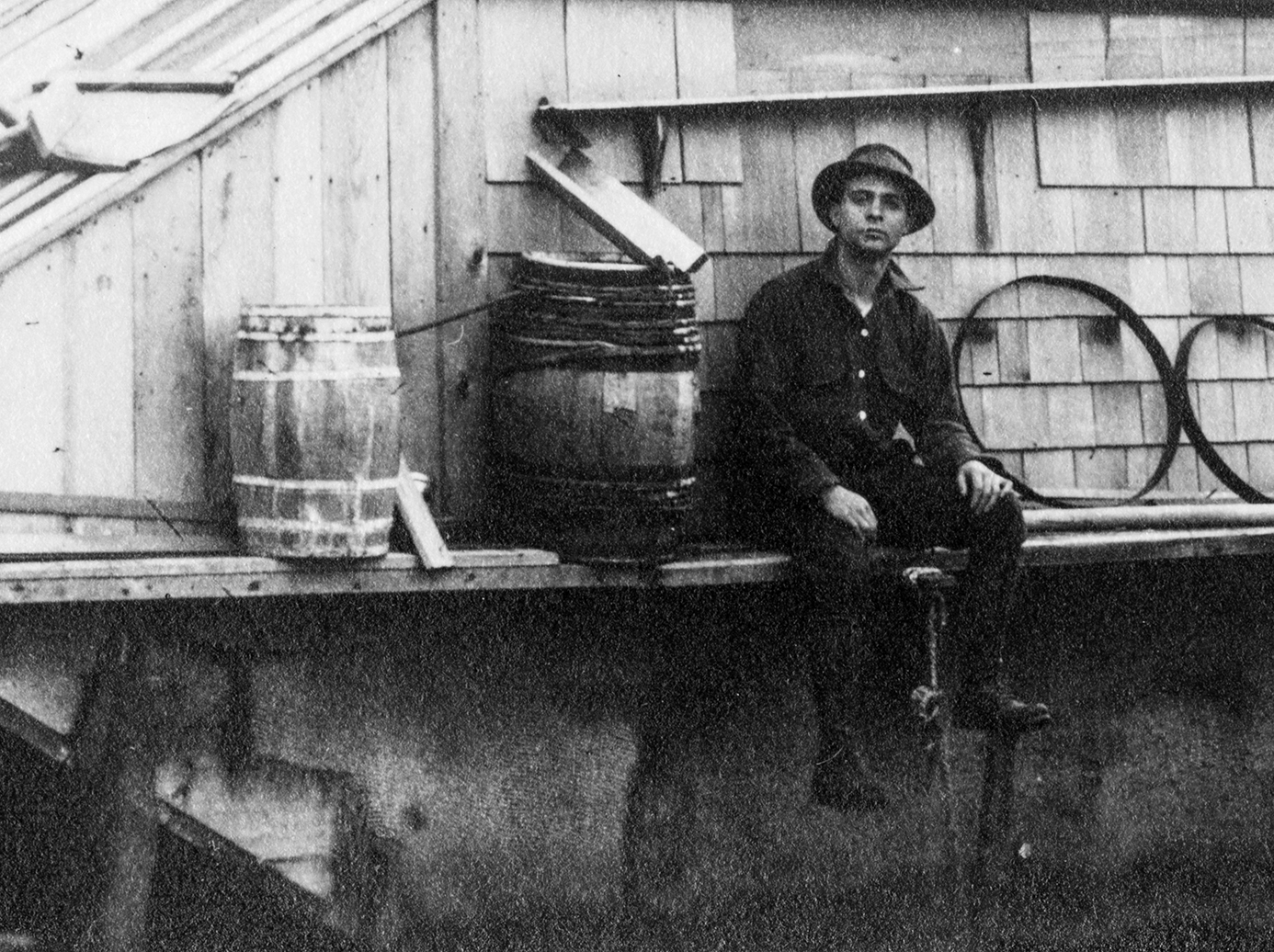

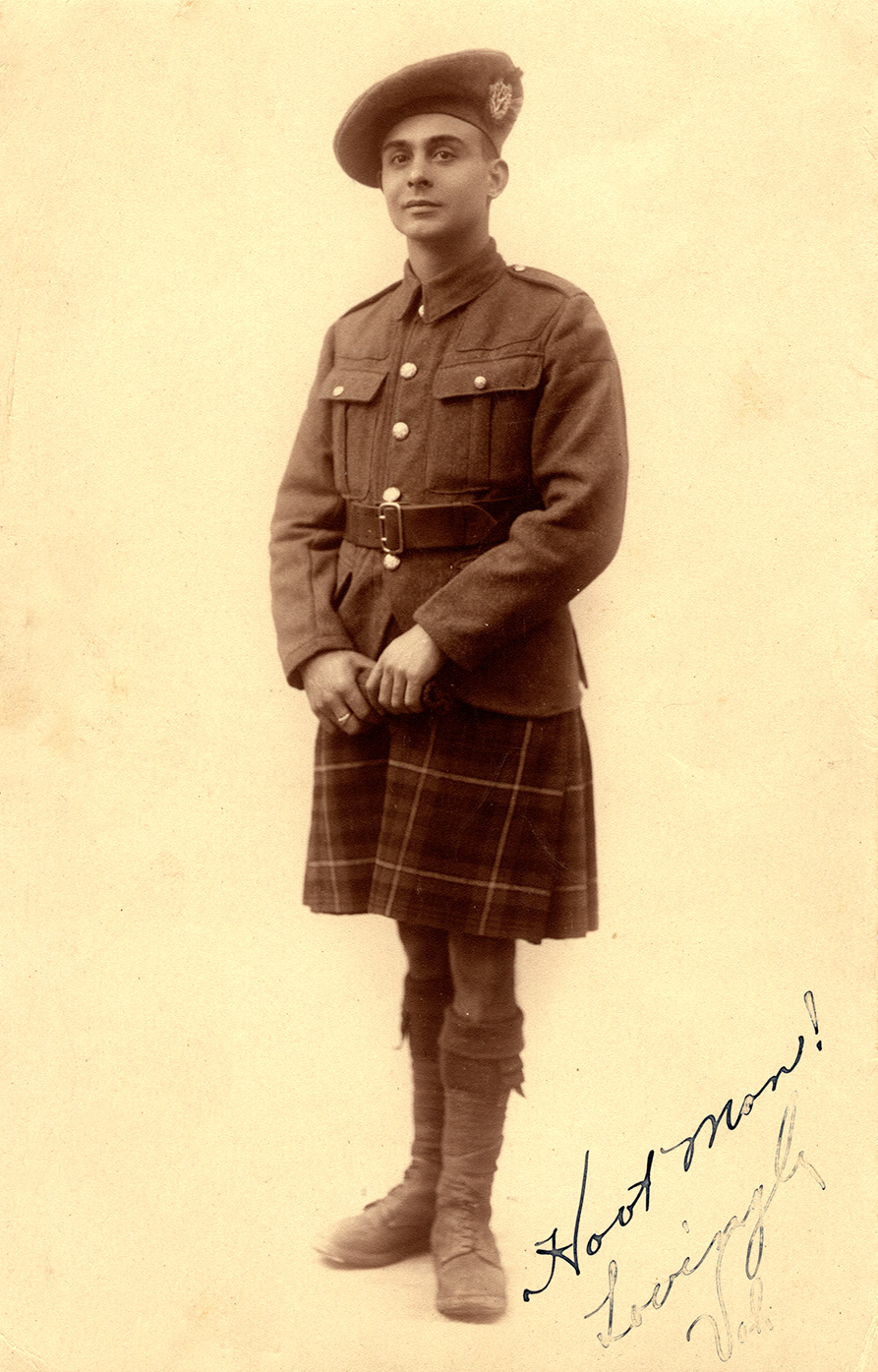

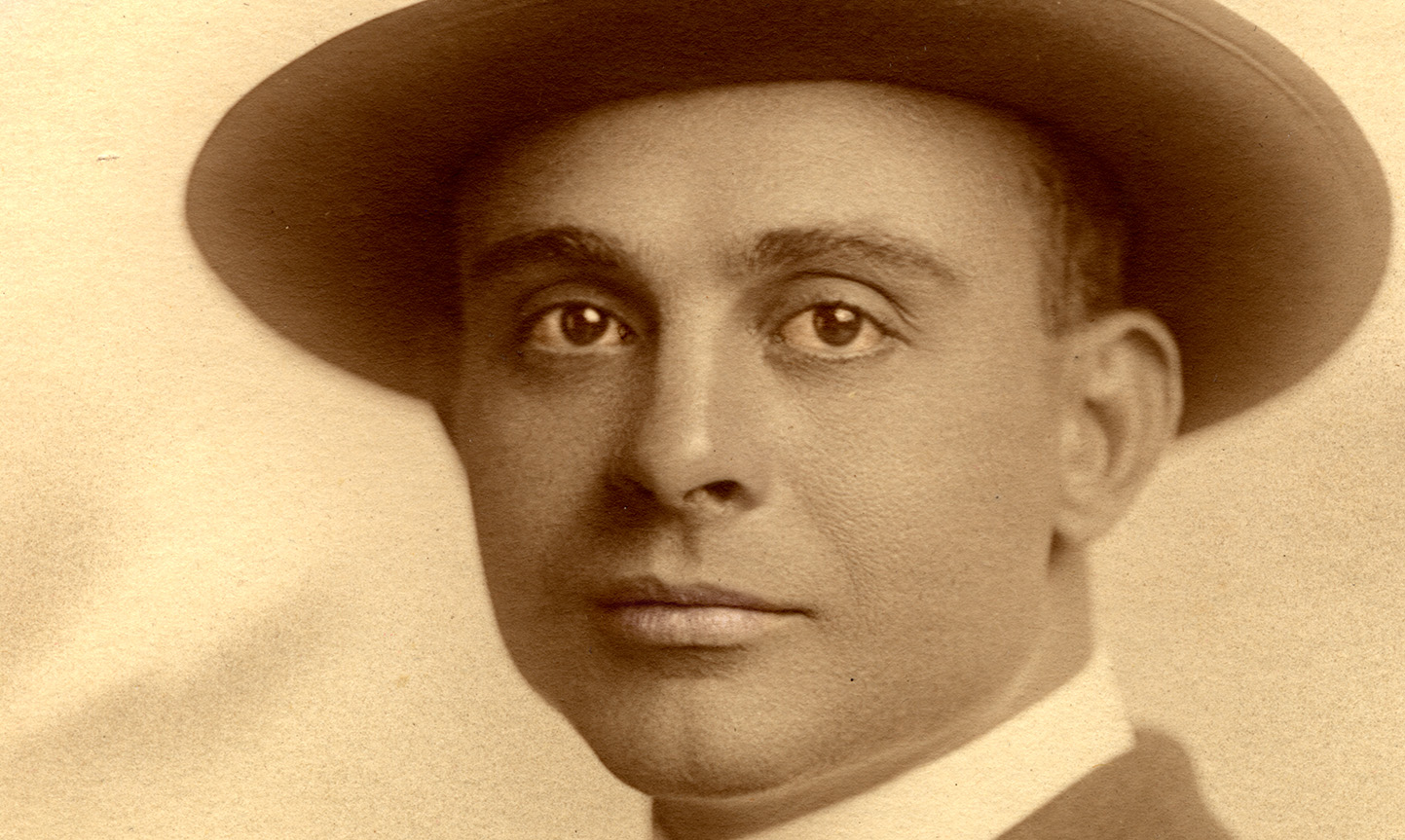




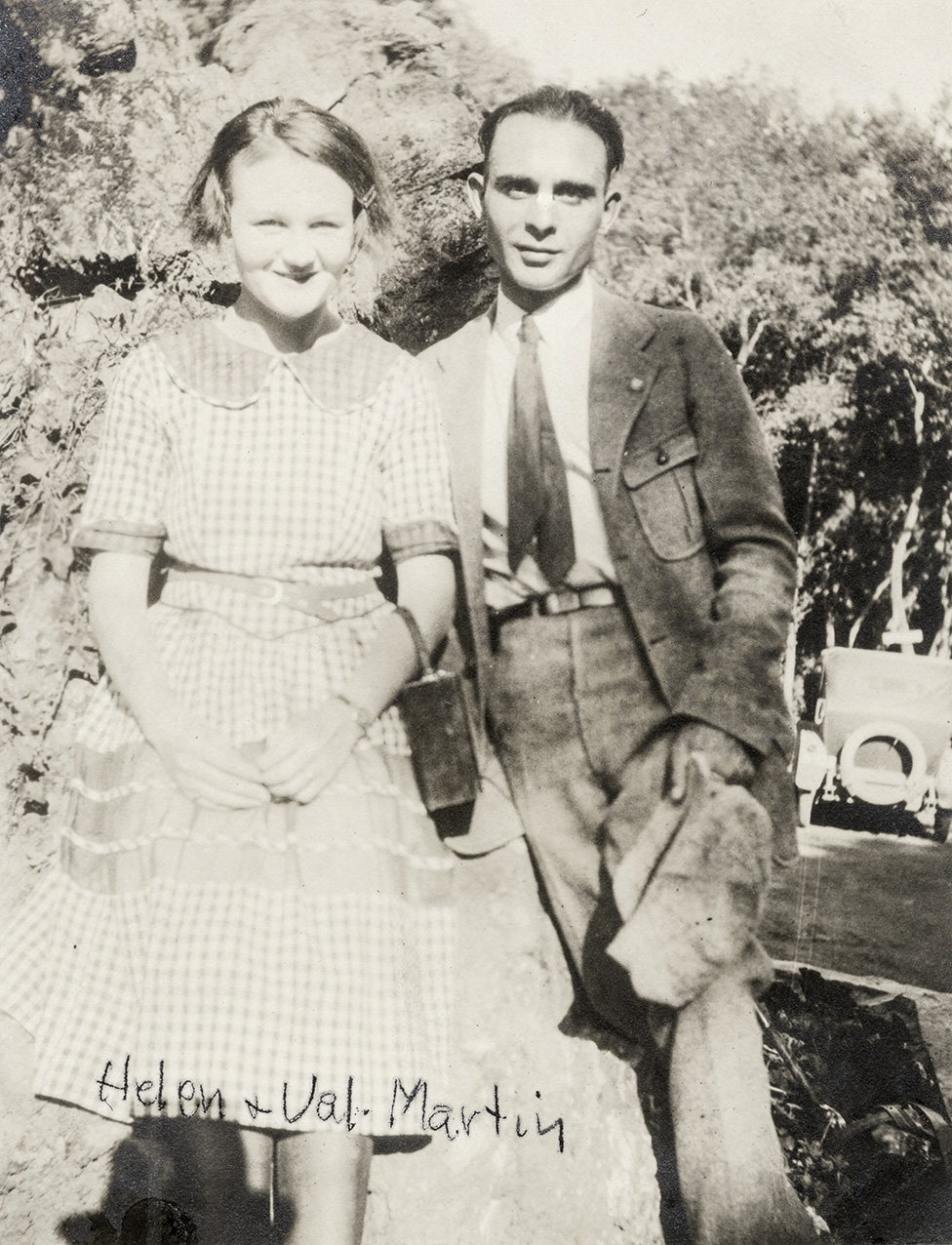



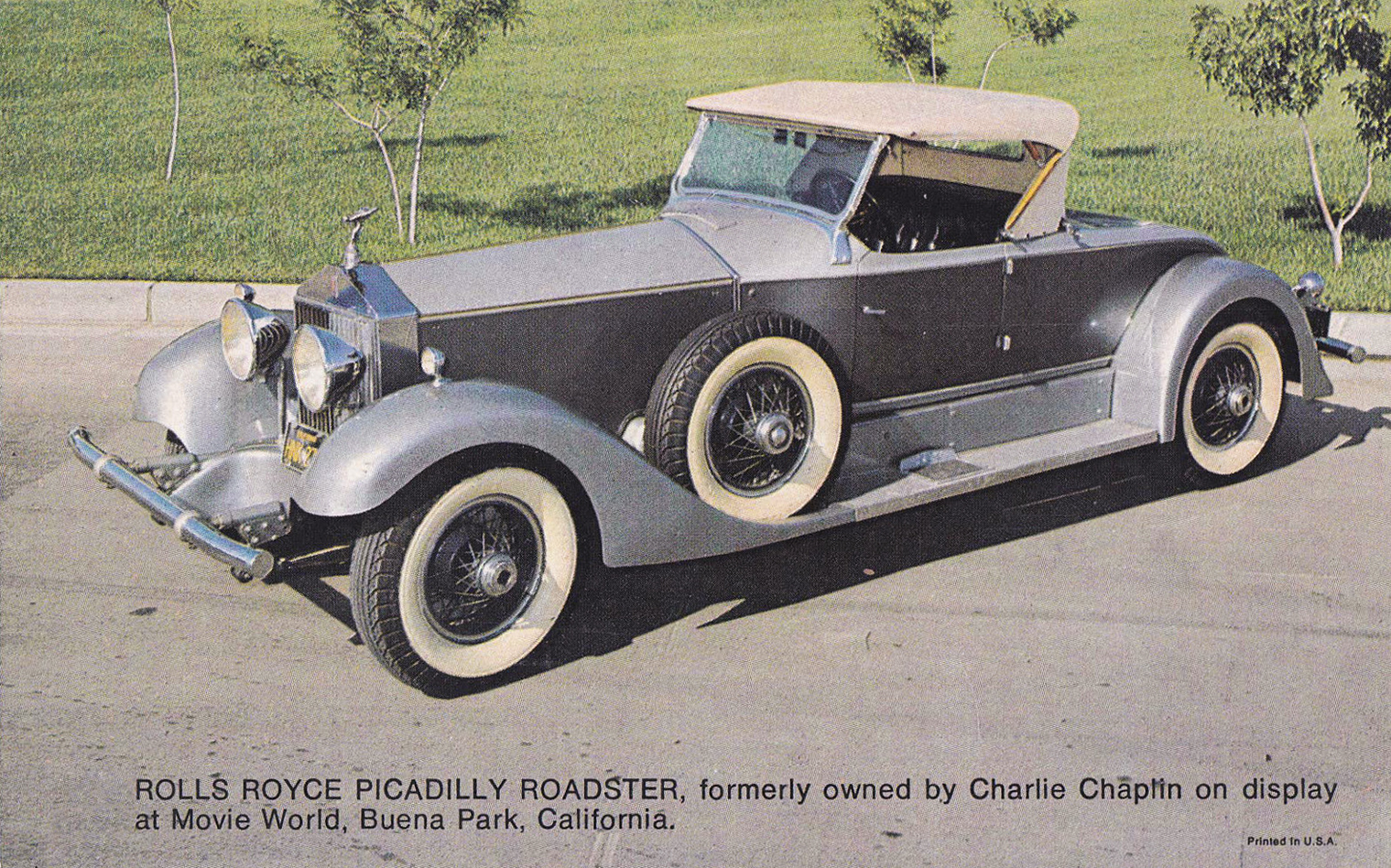








1 COMMENT
Thanks for filling in the “rest of the story.” Impressive research.
In casual conversation with friends, I seldom volunteered information about my grandfather’s death. All I need is questions about insanity running in my family. If I did mention Otto, it made quite the conversation stopper. “Yeah, my grandpa killed his girlfriend, then turned the gun on himself.” What about your other grandfather? Oh, he was a vagabond. Never saw hide nor hair of him. How about medical care givers asking about your “history”? “Not that I know of,” is all I can say.
As a youngster, I was only given sketchy information about Val. Maybe my Mom thought it would traumatize me, or maybe it was too painful to discuss.
I’m not a fan of withholding shocking information from youngsters. I don’t think learning about Val at a tender age would have scarred me. Aunt Carola filled me in long after I’d become an adult. She kept a portrait of Val in her basement.
In my San Marcos boyhood, I learned that a friend of mine was kept in the dark about the fate of his baby brother, who had died before my friend was born. “You must never tell him,” Mom warned. The baby had a grave in the town graveyard. I wondered if my friend would feel cheated if he found out about this third hand, but I honored my vow of silence.